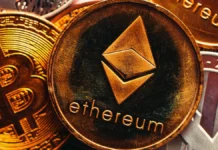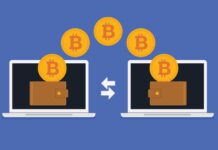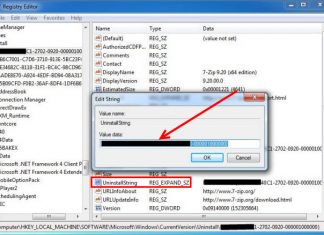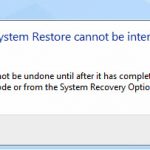A bitcoin marketplace is very much what it sounds like. It is a place for buyers to locate and purchase products for cryptocurrency and sellers to earn a profit in digital currency. The difference between a marketplace and a one-on-one transaction with another party is that many buyers and sellers exist, so consumers have added product variety. These platforms may take the form of a website or an application to help facilitate shopping from many different sources.
Instead of partnering with sellers to help present their inventory and connect them to a buyer like eBay or Amazon, the platform does not hold any of the inventory. Today, just about anything can be purchased with bitcoin, especially if you are willing to use some workarounds.
Among the most common are luxury watches, real estate and website domains. However, other marketplaces may offer clothing, artwork or other home accessories. To illustrate, here is an overview of what you can expect from an online marketplace setup like CryptoExchange.com.
The online marketplace setup

Unlike a physical market which vendors will set up with a series of booths, a digital market is housed online for buyers to browse through available offerings. Available offerings will include item descriptions and several images so users can get a feel for the product without ever seeing it. Buyers can add items to an online shopping cart similar to how any eCommerce storefront works.
When the buyer has collected all the products they are hoping to purchase, they can navigate to the checkout page, where the platform will prompt them to set up an account with an email address, password and some personal information. Some platforms will require users to set up two-factor authentication or verify their contact method before proceeding. After doing so, users can submit their payment information (in this case, their bitcoin address) and hit pay.
Within the world of bitcoin marketplaces, there are also several types. Namely, vertical and horizontal. A vertical marketplace will sell products from various vendors, all of the same product type. For example, a car marketplace may sell many different types of vehicles or vehicle-related accessories.
There are also horizontal marketplaces that may sell products connected by characteristics, such as a luxury platform that only sells high-end products. One day there may even be a global marketplace that sells any and every product like Amazon. In the world of bitcoin, this does not exist quite yet.
Attaining bitcoin
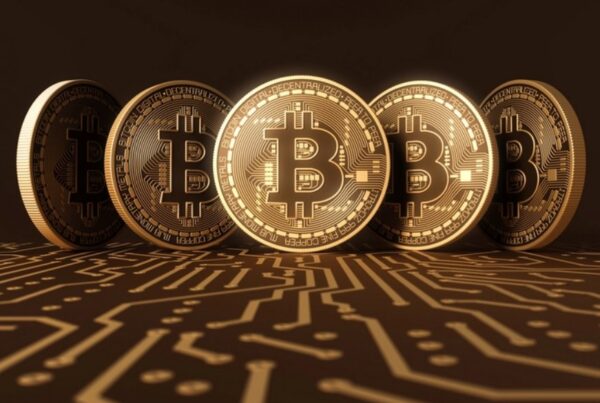
The process described above closely resembles any eCommerce process. So, what makes a bitcoin marketplace different? The fact that users must pay with bitcoin. For investors who have been holding bitcoin for a while, the process is simple. But, for new users, an added step of getting the digital currency will also be necessary.
Most users use a Crypto Exchange to convert their money from fiat currency to bitcoin by uploading funds through a debit or credit card. Although some marketplaces will require buyers to conduct this step on a separate platform, many have designed their setup for first-time users and integrated it into one.
Users can then load funds, convert the currency and wait a few moments for the transaction to complete. They must simply take note of the generated wallet address, which they will need to use in the purchasing steps to follow.
Why bitcoin marketplaces are taking the world by storm
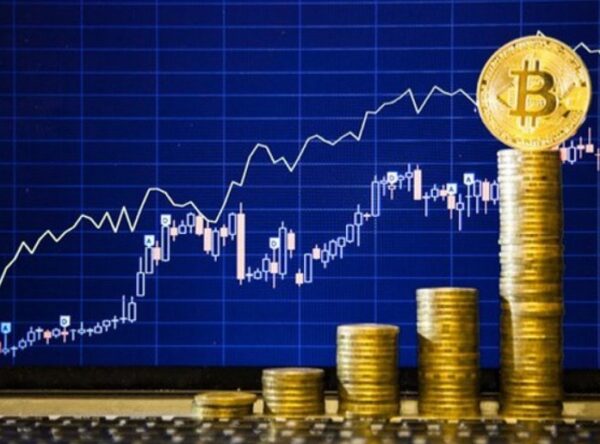
The main advantage of using a marketplace is the convenience they offer to consumers. Buyers and sellers can be connected without seeking out an independent seller and can browse various products on a single website. This variety is much wider than any single store could offer and creates a better customer experience since users don’t have to download multiple apps to purchase from multiple retailers.
But, there are other benefits too. The marketplace may go so far as to manage shipping (at an added cost), user verification, and other tasks that the buyer and seller would otherwise require.
Selecting a trusted platform

Now that you understand the process, you might be wondering how you can determine which marketplace you will use. One of the biggest factors will be what you are in the market for since not all marketplaces will have the same product variety. Some other considerations you might factor in are if the platform is trustworthy since engaging with any online website you don’t know does hold some risks.
You can evaluate potential marketplaces through these methods:
- Reading reviews: A Google search will often bring up customer comments about the platform. Although buyers and sellers should take these reviews with a grain of salt as some customers may exaggerate their experiences, red flags like repeat poor customer experiences or products that don’t arrive will often provide a good indication of what you can expect.
- Locate policy statements: A quick scan of the website should produce some general customer service information. These policies will include information on shipping, returns, warranty, and other information. A poor return policy or the nonexistence of one can also be red flags.
- Consider security practices on big-ticket items: For customers with plans to purchase a more costly item, you might want to consider what the marketplace is doing to protect the buyer and seller’s security. This might include taking extra steps to verify parties or use an escrow service to help manage the transaction between the buyer and seller.
Taken together, bitcoin marketplaces are a great way to browse products and make purchases with your digital currencies. Following a few steps can help to ensure this experience goes as smoothly as possible.


